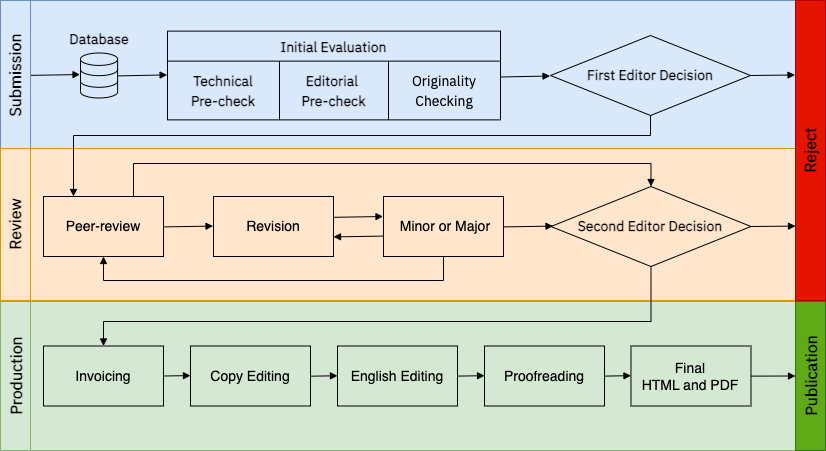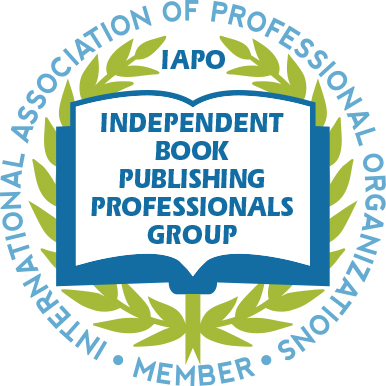Editorial Process
At SciFormat Publishing, peer-review involves a single-blind evaluation by a minimum of two external reviewers, followed by a final decision of acceptance or rejection by the Editor-in-Chief or another academic editor who has been approved by the Editor-in-Chief.
The complete editorial process is depicted in the accompanying flowchart.

The publication process is divided into three stages Submission, Review, and Production.
Submission.
To ensure that the book manuscript meets the required standards for the peer review process, the Editor conducts an initial evaluation which includes verifying adherence to the guidelines set by SciFormat Publishing and conducting a plagiarism check. Manuscripts that do not meet these standards are deemed unsuitable for further peer review and will be rejected.
Review.
The peer-reviewing process for monographs in SciFormat Publishing begins after the manuscript has been submitted for publication and passed initial evaluation by the Editor. The manuscript is assigned to two or more experts in the field for review, and the review process follows a single-blind evaluation model. The peer-reviewer evaluates the manuscript and provides feedback on its quality, clarity, originality, and suitability for publication.
Based on the feedback received, the Editor makes one of the following recommendations:
Reject - the corresponding author will receive any review reports that have been submitted and will be informed that the manuscript will not be considered for publication.
Major Changes - the corresponding author will be notified and asked to update the manuscript with the necessary changes suggested by the reviewers. This may involve collecting new data or making substantial changes to the text. The revised manuscript will then be reassessed by one or more of the original reviewers before the Editor makes a new recommendation.
Minor Changes - the corresponding author will be asked to make the required revisions and resubmit the final version of the manuscript. Once the revisions are made, the Editor may recommend “Publish Unaltered”.
Publish Unaltered - the manuscript will undergo a final check by the editorial office to ensure that it adheres to the journal’s policies. The corresponding author will be notified of the manuscript’s acceptance.
Based on peer-review, the Editor makes a decision to accept or reject the manuscript for publication.
If the manuscript is accepted, it proceeds to the next stage of the publication process, which involves invoicing, English editing, copyediting, proofreading, and layout design. If the manuscript is rejected, the author(s) may choose to revise and resubmit the manuscript for further consideration.
Production.
Once a manuscript has been accepted for publication, it enters the Production stage of the publication process. This stage begins with Invoicing, where the author(s) are sent an invoice for Book Processing Charge (BPC). After the invoice has been settled, the manuscript undergoes English editing to ensure that it adheres to language requirements. Following English editing, the manuscript is copyedited to correct any errors in grammar, spelling, and punctuation. The manuscript then undergoes proofreading to identify and correct any remaining errors. Once the text has been finalized, the manuscript is formatted and laid out, and the final PDF and HTML versions are created. The layout design includes elements such as cover, images, tables, and headings to ensure that the final document is visually appealing and easy to read. After all of these stages are complete, the manuscript is ready for publication.







